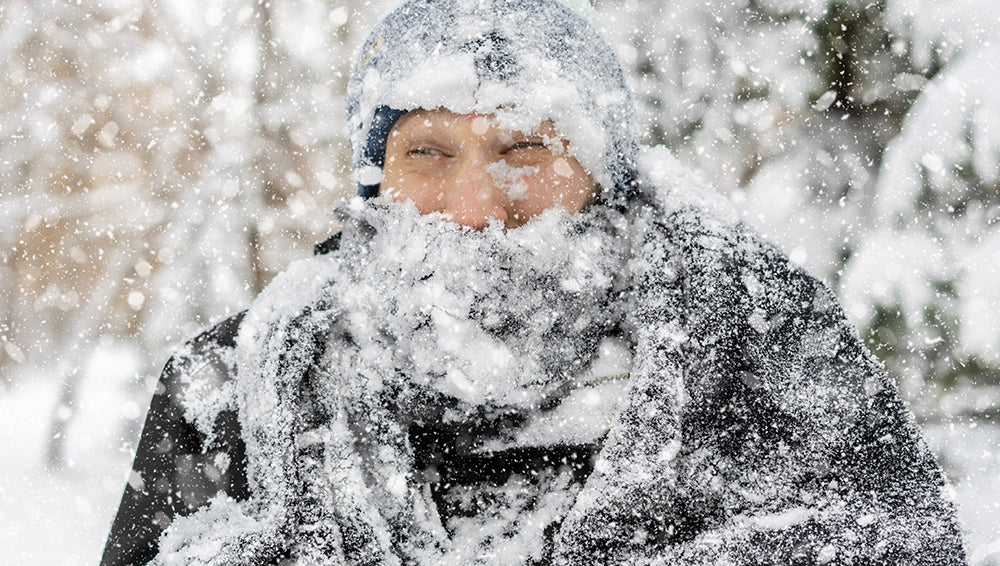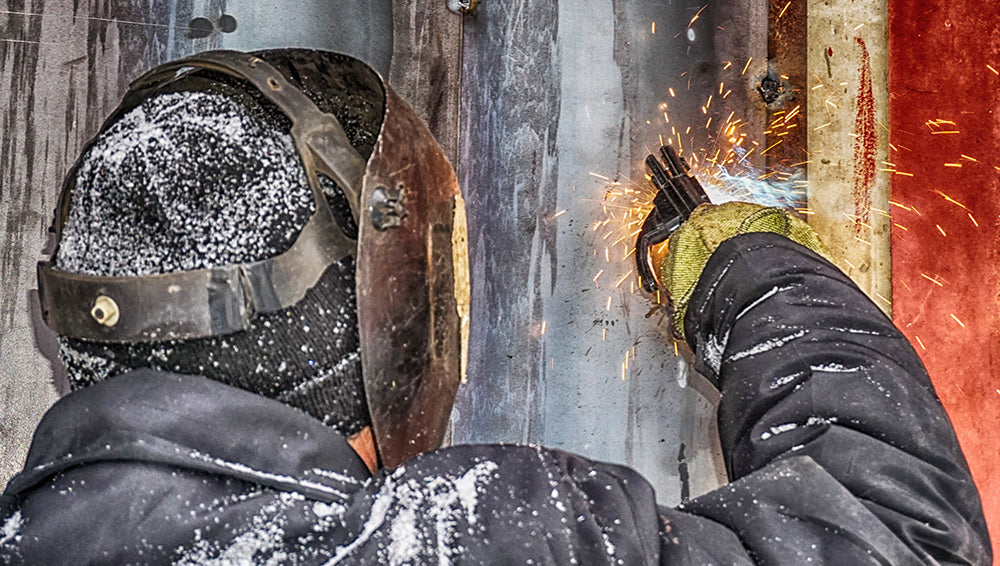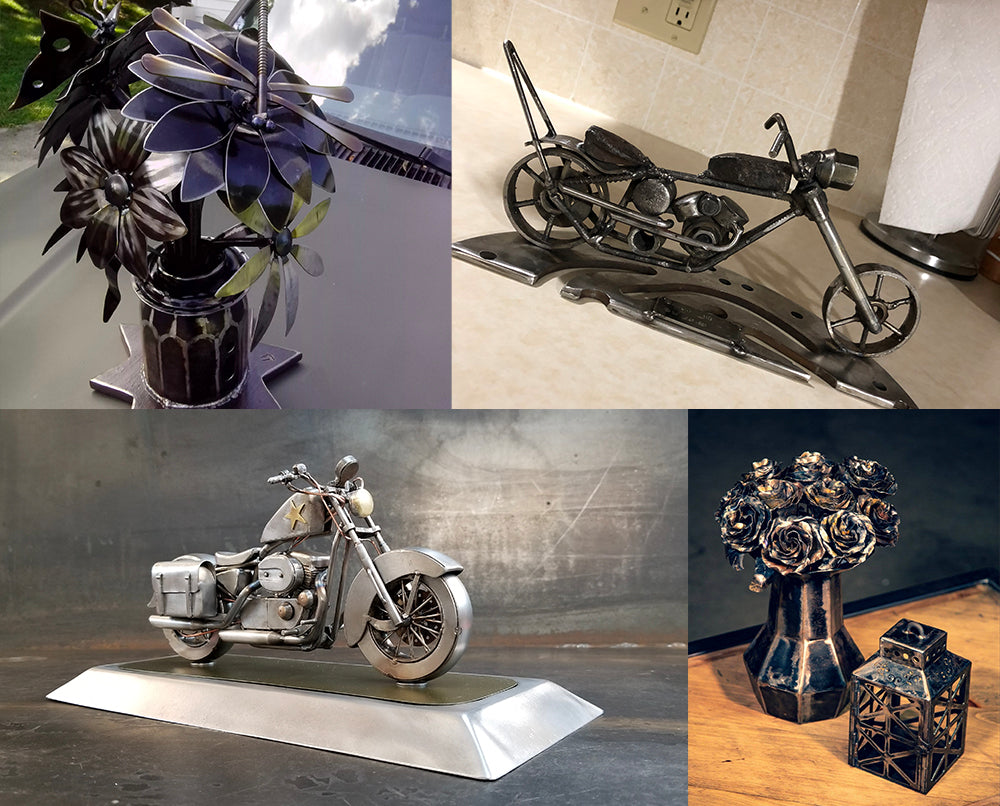Last year was one heck of a crazy winter: cold where it wasn’t supposed to be, warmer where it was. It’s like Jack Frost had a midlife crisis and just did whatever he wanted. While we’re hoping this year will be a lot more sane, there are some important cold-weather welding tips that you’ll want to know before the temperatures start to really drop.
For all your cold weather welding supplies and equipment, visit us at Welding Supplies from IOC. We offer the widest selection of all the welding supplies you’ll need to get the job done right—no matter the temperature outside. With the latest MIG welders, TIG welders, stick welders, engine drives, and all the welding equipment you could need, we’re sure to have what you’re looking for at the most competitive price. Don’t hassle yourself with finding a welding supplier near you. Check out our online inventory and get to work.
Temperature Affects EVERYTHING for a Welder
The first thing a smart welder will ask is a simple question: “What will cold weather affect when it comes to my welding supplies and gear?”
It’s almost easier to ask instead, “what will cold weather not affect?” Everything from metal properties to welding codes have to take the temperature into account to ensure safe and effective welding.
While this isn’t an all-inclusive list, we’ll cover the main ones to consider here so you can keep welding no matter the temperature outside:

Nimble Fingers in the Frost
Did you know that professional pianists sometimes won’t perform if a venue is too cold? That might sound ridiculous when you’re used to welding in temperatures so cold you could use your snot-cicles as chopsticks, but there’s actually a reason for this. Research shows that your fingers’ fine motor skills are reduced by 45 percent when exposed to even relatively cold temperatures.
Your welds are going to suffer if you aren’t staying warm. That means your core and also your fingers too. You need a good welding coat and a quality pair of welding gloves. It’s also essential you buy gloves designed for the process you’re using.
If you’re MIG welding, a thick pair of MIG gloves will keep you plenty warm so you can direct your weld pool correctly. For TIG welding, you’re going to need thinner gloves because you’re doing more with your hands and will need more flexibility and maneuverability. However, TIG does require a little more finger dexterity than MIG or stick, so you’ll need to make sure your gloves are still warm.

Cold Metal Makes a Difference
When the Titanic struck that massive iceberg, ship engineers were surprised how poorly the steel withstood the impact. The problem was that in freezing temperatures, steel becomes much more brittle.
The same principle comes into play with the material you’re welding. In lower temperatures, your material might become more brittle, depending on what you’re using. You may need to preheat your material or risk the structural integrity of your welds.
Another thing to consider is warpage. Warpage is generally worsened when your weld area becomes much hotter than the surrounding base material. For very thin plates like car panels, this is why welders will often only weld for a second in one spot, giving the area time to cool down. Depending on the thickness and material you’re using, you’ll generally have more warpage in cold weather. Preheating, managing your heat and a whole lot of clamps are often the best ways to counteract this.
The Good News/Bad News
Here’s some good news about the cold weather: Most quality welding machines should handle colder temperatures without any problems. Of course, make sure you check your user manual, but most quality welding machines from trusted brands are designed to perform, even in colder weather.
The bad news? When welding in cold weather, not everything is going to function perfectly. The two big ones are batteries and stick rods.

Most batteries work by a chemical reaction that essentially “pushes” electrons to power your equipment. These chemical reactions are slowed down when the temperature drops. This is why batteries aren’t nearly as efficient in freezing temperatures.
Most high-quality auto-darkening helmets are designed to mitigate a lot of the issues caused by cold weather. That being said, it’s still a good idea not to leave your helmet (or any other equipment with a battery) in freezing temperatures when not in use. If you’re done welding (even if it’s only an hour or two), you might consider storing your helmet somewhere warm until you use it again.
Stick rods also have a hard time with the cold weather. This has less to do with the temperature and more to do with the humidity that often comes along with it. Once a pack of stick electrodes is opened, moisture will come in and degrade their performance. Generally this takes time, but with lots of moisture, it can happen quickly. The best options to help prevent this issue are rod ovens or ESAB’s new special stick rod packaging. At the very least, try to keep your open pack of electrodes somewhere dry that is sheltered from the moisture.
Embrace the Elements with Welding Supplies from IOC
Just because it’s below zero outside, this doesn’t mean you have to hang up your welding equipment for the season. By understanding the ways that your welding materials and gear respond to colder temperatures, you’ll be able to keep welding effectively throughout the winter and won’t miss a beat.
By following these steps and having the right welding gear and equipment, you shouldn’t see any drops in the performance of your welds even when it’s so cold outside that dogs are stuck to fire hydrants. If you’re looking at a new machine but unsure if it’ll handle certain temperatures, you can always call the incredibly helpful experts at Welding Supplies from IOC at (866) 854-7380. We’re more than happy to offer advice and help you find the right welding products so you can get the job done right.




